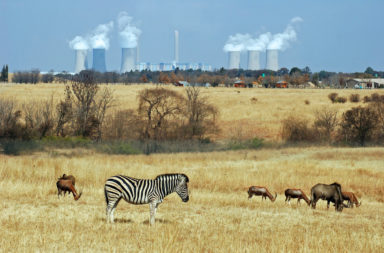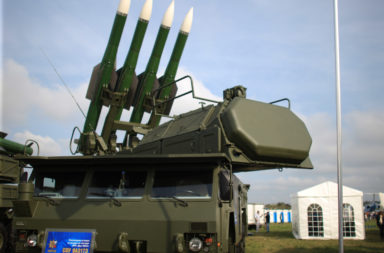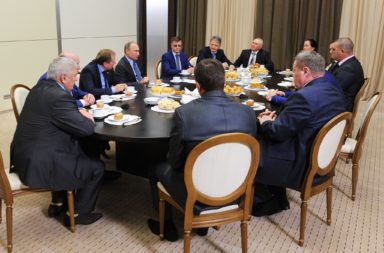Globalo talked to one of the best China experts and took a look behind China’s Bamboo Curtain and closed doors in Beijing.
Let us look back to the changes which happened last year in the People’s Republic of China:
- China’s total debt – all public plus private – sky-rocked to 240 percent of GDP, 161 trillion yuan ($25 trillion). The number excludes obligations of China’s so-called shadow-bank-system, which are estimated to be another $6 trillion.
- Foreign cash reserves have declined from around $4 trillion to roughly $3,5 trillion in 2015.
- Strongman President Xi is using the government’s anti-corruption campaign mainly to neutralize his inner-party enemies. About 90 percent of corruption inquiries can be explained this way.
- Xi has kicked out more than 30 high-ranking generals of the People’s Liberation Army this year alone.
- During the traditional six week annual summer meeting of the top party officials on the Hainan peninsula, Xi was warned both his predecessors “not to go too far” with the actions against party members on corruption. An opposition is forming to slow down the effort.
- Xi believes, that the more he is opening the economy and engaging in international cooperation, the less he can afford liberalization within China.
- But implementing his strict anti-liberal policy domestically, means he is loosing the favor of elites and hampering the country’s creativity and entrepreneurial spirit. Of the almost 300,000 Chinese students who annually enroll in US universities, more than 25% chose to stay there each year, thereby supporting China’s main strategic adversary with elite manpower, creativity, and fresh ideas.
- Beijing and Washington will be bound together for a long time: 19% of China’s exports got to the U.S. At the same time China is the largest creditor of the United States.
- Xi will not risk a real confrontation with the US in the South China Sea. The reports in the China Daily and Global Times aim at the “man in the street”. The goal is to build support for the government in Beijing.
- Only a single Chinese aircraft carrier is operational – the US Navy currently operates eleven. Not enough sea power yet.
- Internally China views Russia as a regional power, not an important strategic partner against the EU or US. The Silk Road Infrastructure Fund, supported with $40bn, is aimed at gaining China greater influence in the soft belly of Russia and in Central Asia. Russia is sandwiched between XXL China and XL Europe in alliance with the XXL United States. The Kremlin does not have a real strategy.
- The US will continue a double strategy of containment of and engagement with China regarding global issues
- From behind the bamboo curtain, cooperation between the two real superpowers of the 21st century looks much better than it appears from the outside.




